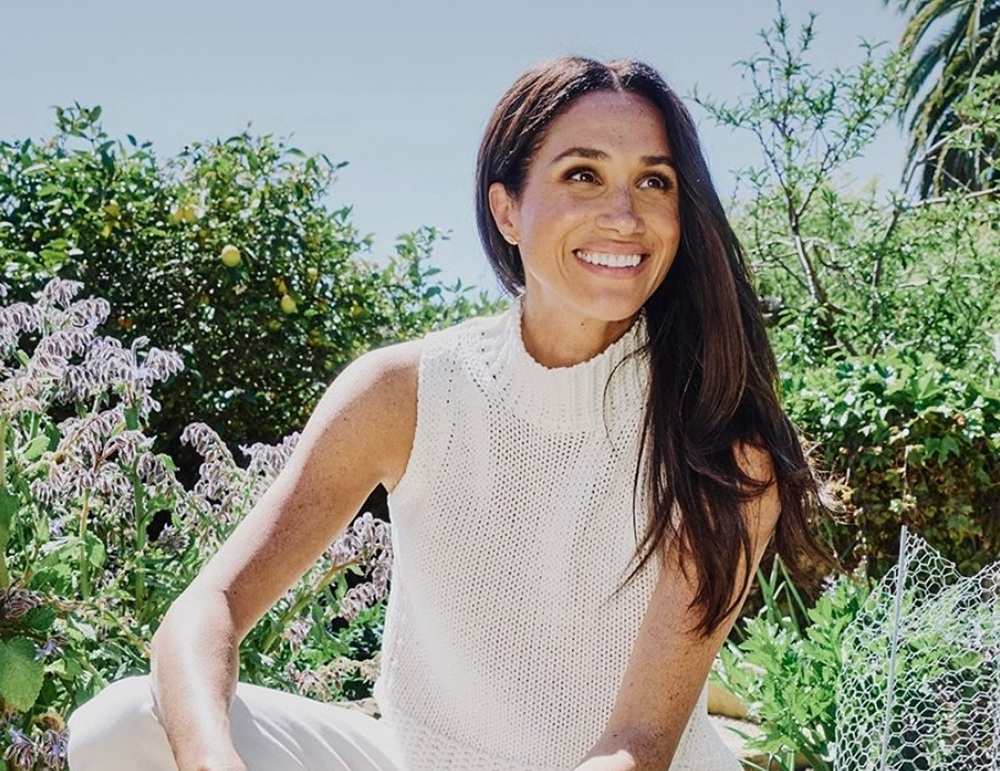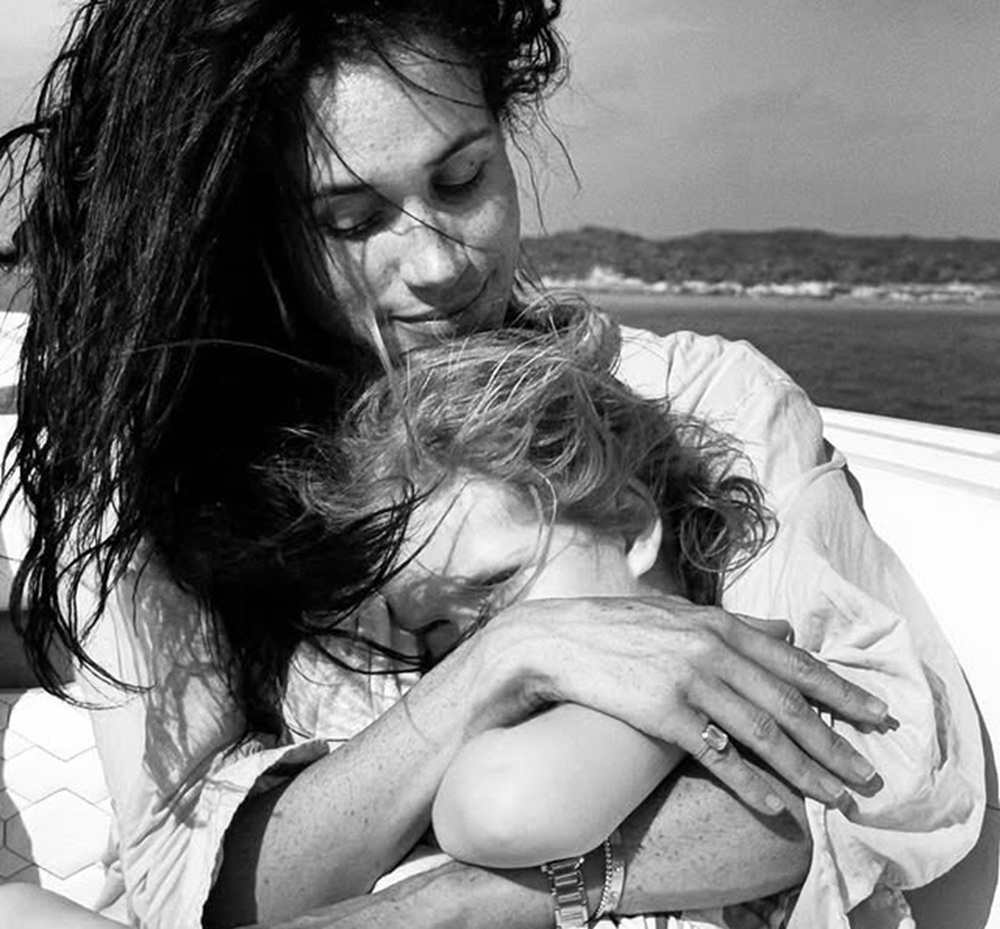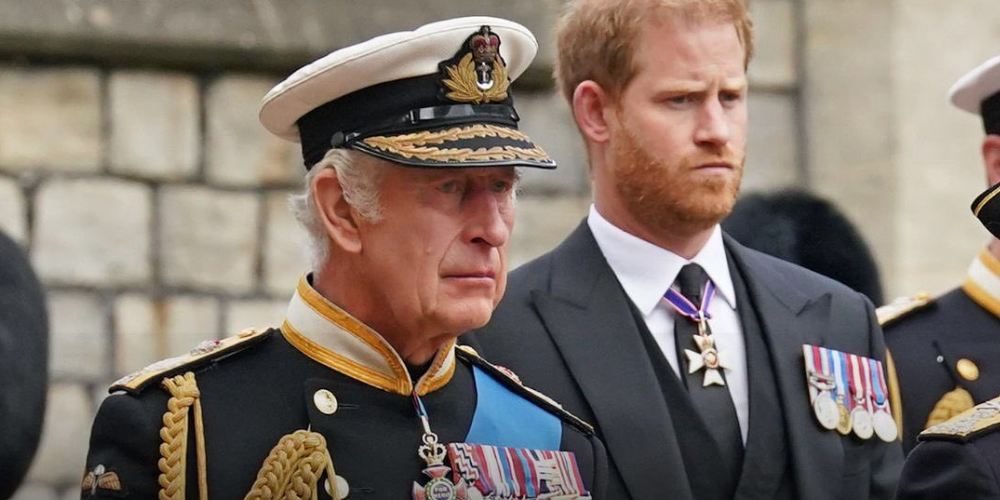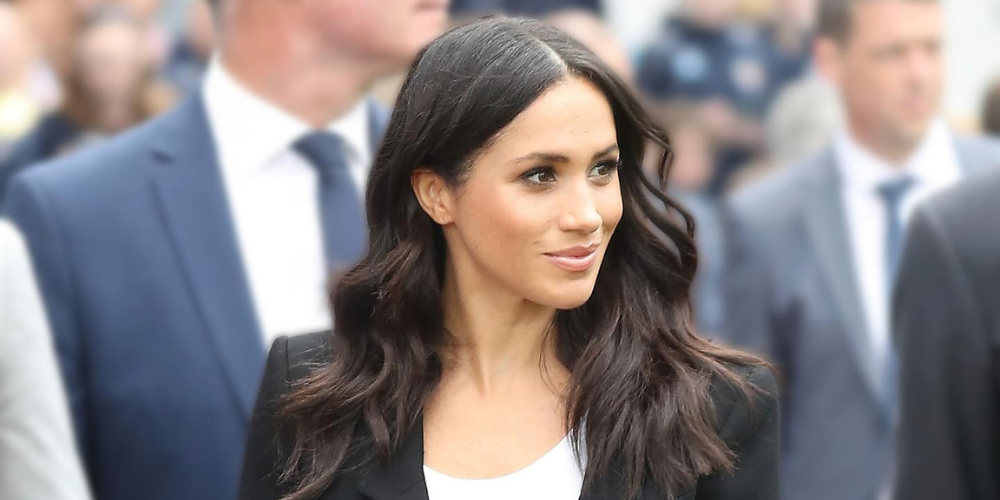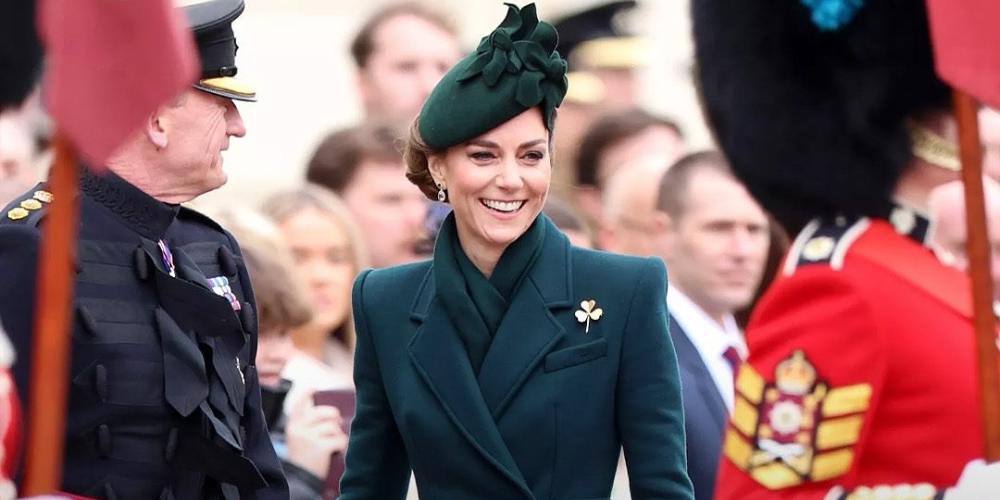In the captivating world of British royalty, titles are more than mere names; they represent a complex hierarchy that defines the roles and responsibilities of each noble within the kingdom. Every title has a distinct significance, whether a king, queen, prince, or lord.
Join us on this enlightening journey through the aristocratic landscape of the British monarchy as we go on a quest to understand the meaning behind commonly used royal titles.
King / Queen
At the zenith of British nobility are the titles of King and Queen. While they may not wield governmental power in the UK’s parliamentary constitutional monarchy, they symbolize national unity.
The rule of heredity determines the line of succession to the throne. Notably, since 2011, gender is no longer a criterion for ascending to this illustrious position. Recently, King Charles III ascended to the throne, marking the end of a remarkable 70-year reign.
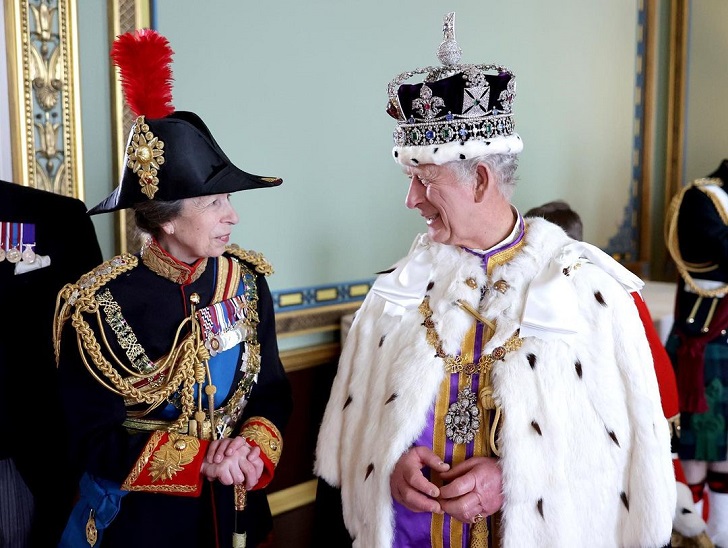
Queen Consort
Traditionally, only men could grant the title of consort to their wives, preserving the royal lineage. This explains why Prince Philip never became king despite marrying Queen Elizabeth II. However, when King Charles III assumed the throne, he conferred upon his wife, Camilla, the title of Queen Consort.
Prince / Princess of Wales
The title of Prince of Wales is reserved for the monarch’s eldest son, acknowledging him as the heir to the throne. By marriage, the heir’s wife assumes the title of Princess of Wales. Camilla refrained from using this title during her husband’s tenure as Prince of Wales out of respect for Princess Diana. Today, Prince William and Kate hold the esteemed titles of Prince and Princess of Wales.
Prince / Princess
The current monarch grants sons and grandsons of reigning and former British monarchs the title of Prince or Princess. A 2012 royal charter by Queen Elizabeth II extended this privilege to all of the Duke of Cambridge’s children. Hence, Prince Harry and Meghan Markle’s children, Prince Archie and Princess Lilibet, rightfully bear these titles by birthright.
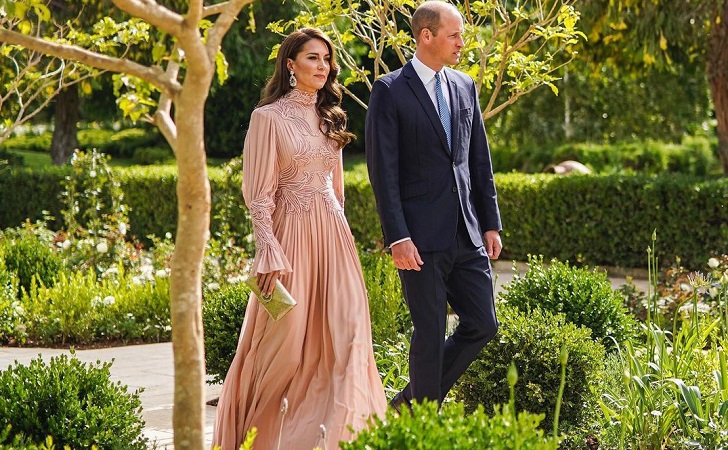
Duke / Duchess
Dukes and Duchesses occupy the highest echelon among the nobility, above Marquises, Earls, Viscounts, and Barons. These titles can be inherited or bestowed by the reigning monarch.
For example, Queen Elizabeth II appointed Prince William and Prince Harry as the Duke of Cambridge and Duke of Sussex, respectively, upon their marriages. If Princess Charlotte, daughter of Prince William and Princess Kate, marries a duke in the future, she will inherit the title of Duchess.
Earl / Countess
The title of Earl, or Countess in its female form, designates a position of middle nobility. It is often granted to advisors and close associates of the king. Historically, it was awarded to individuals who played pivotal roles in their countries. The title can also be inherited, maintaining its significance throughout generations.
Viscount / Viscountess
Viscounts and Viscountesses step in when Earls are absent. Since the 10th century, this title has been reserved for the offspring of Earls. James, Viscount de Severn, the son of Prince Edward (also Earl of Wessex), is a contemporary example. However, his parents sought approval from Queen Elizabeth II for him to receive this title as the son of an Earl.
Dame
The title of Dame is the female equivalent of knighthood in the United Kingdom. It’s awarded to women who have distinguished themselves through honorable actions and deserve a respected title. Dame Judi Dench exemplifies this prestigious rank. Dames and Ladies hold equivalent standing in the hierarchy.

Lord / Lady
Lordship or Ladyship is not a noble title but serves as a courteous acknowledgment of an individual’s position within the peerage. It can refer to Barons, Viscounts, or Earls. For instance, Lady Amelia Spencer, the daughter of the Earl of Spencer and niece of the late Princess Diana, belongs to the next generation of the royal dynasty. However, her title carries no significant political power.
Baron / Baroness
Barons and Baronesses rank higher than Lords and Ladies but lower than Viscounts and Counts. This title can be inherited or bestowed by an authority figure, such as King Charles III or the Prime Minister of the United Kingdom. It’s the lowest-ranking peerage title but still carries prestige.
Sir
In the British royal family, the title Sir is used when addressing male members, following “Your Royal Highness.” It’s also the title bestowed upon Knights like the legendary Sir Elton John.

